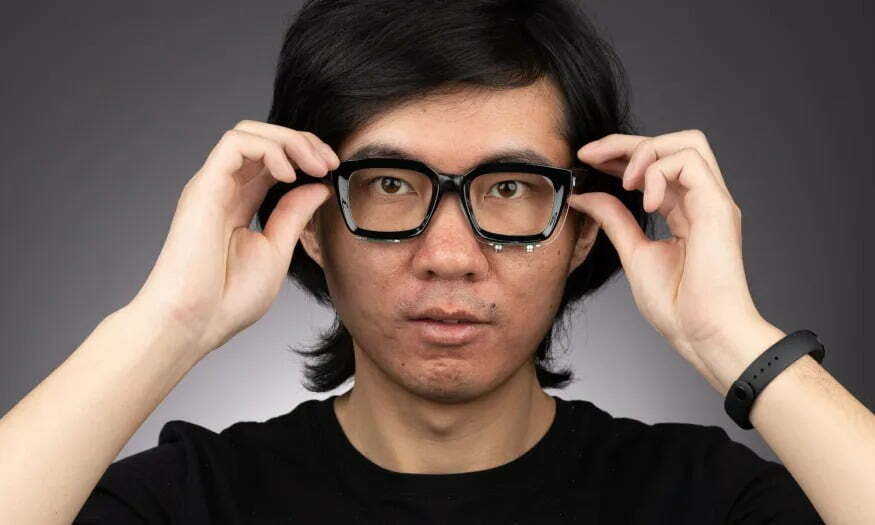Soon we could check our phone or listen to music simply by moving our lips, without saying a word. A group of researchers from Cornell University He developed sonar goggles that can track facial movements and interpret them as commands.
How sonar goggles work
Ruidong Zhang, a doctoral student at Cornell, is the brains behind this innovative project. Sonar glasses use tiny microphones and speakers to detect the words we silently “speak” and transmit commands to our device. The system is based on another of the team's inventions, a wireless headset, and on previous models that used cameras.

Thanks to this new shape, it is no longer necessary to wear a headset or to be framed by a camera. Cheng Zhang, assistant professor of information science at Cornell, explains that the system requires a few minutes of training data, such as reading a series of numbers, to learn the user's pronunciation patterns. Once ready, the sonar device sends and receives sound waves to the user's face, detecting lip movements and analyzing echo profiles in real time through a deep learning algorithm, with 95% accuracy.
Practical applications dedicated to privacy
The system processes data wirelessly on your smartphone, allowing the accessory to remain small and unobtrusive. The current version offers around 10 hours of battery life for acoustic detection, and since no data leaves the phone, there are no privacy concerns.
Privacy is also an important factor when considering the possible real-life uses of this technology. Zhang suggests that the sonar glasses could be used to control music playback (hands-free and without looking) in a quiet library or to dictate a message during a loud concert, where the standard options wouldn't work.
One of the most exciting prospects involves the use of this technology by people with some speech disabilities, who could use the glasses to silently “dictate” text to a speech synthesizer, which would then speak the words aloud. “We believe glasses will become an important personal computing platform for understanding human activities in everyday situations,” says Cheng Zhang.
A truly remarkable leap forward in wearable technology.


